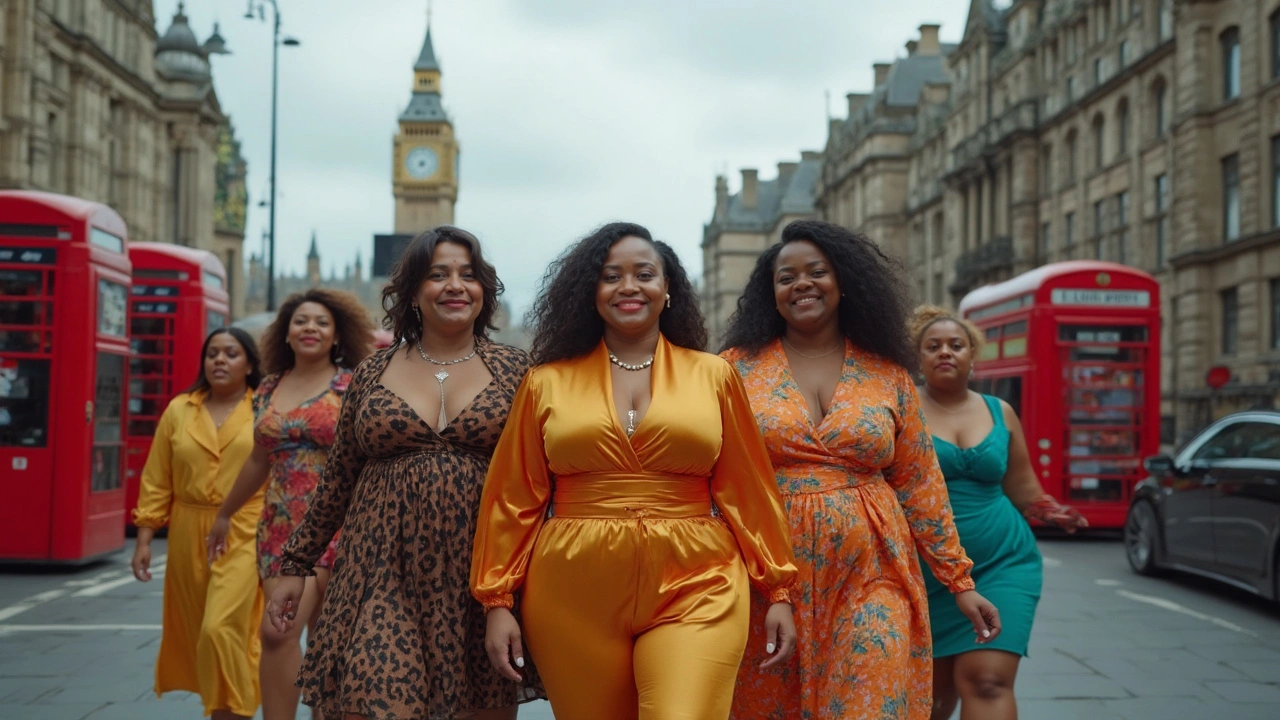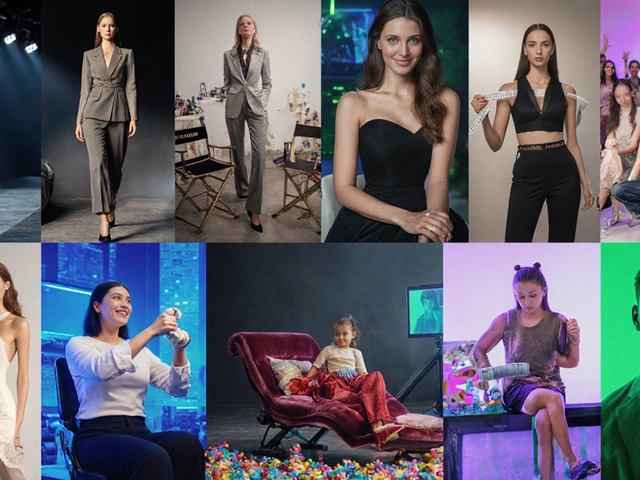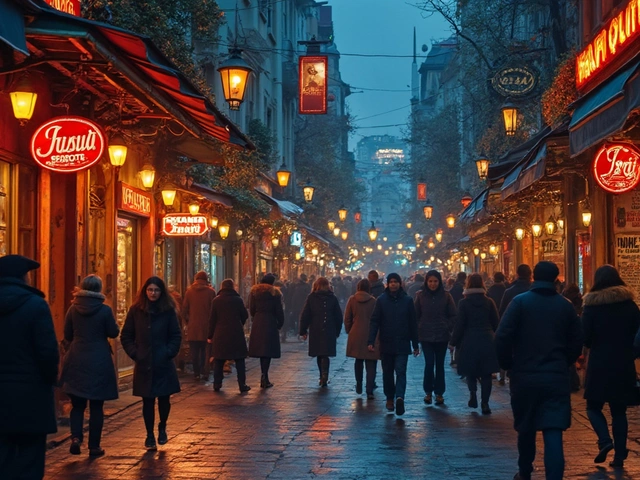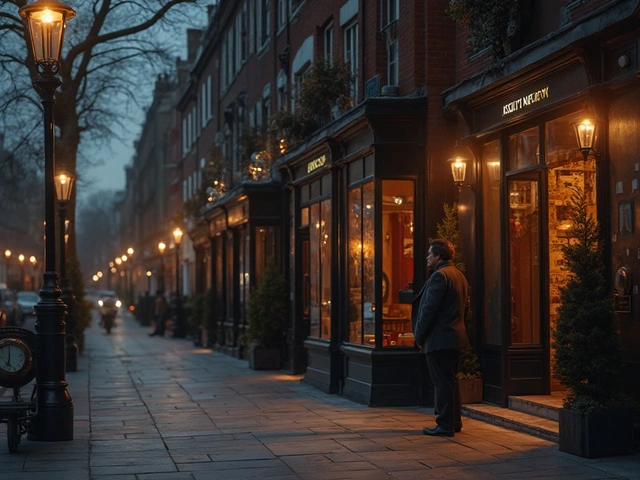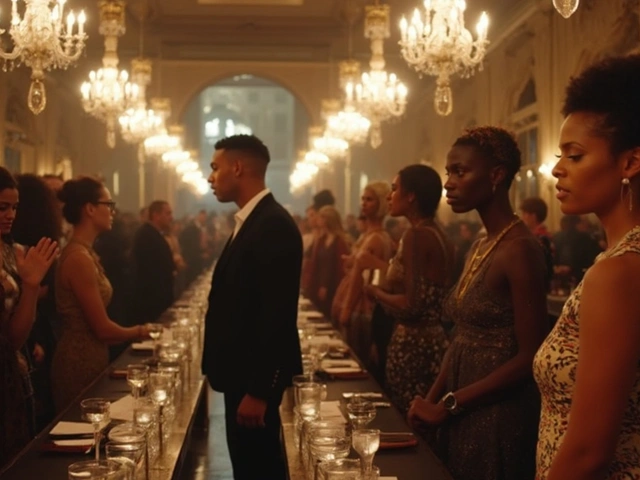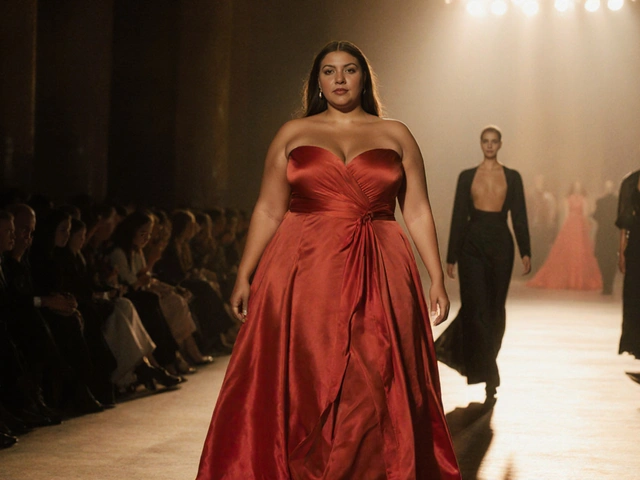The number of runway looks available in a U.S. size 14 or above is still tiny, but try to picture the fashion world just ten years ago. Plus size models were nearly invisible outside specialty catalogs, body diversity on magazine covers was rare, major brands rarely went above size 10, and shopping for stylish clothes above a large was an act of patience and negotiation rather than enjoyment. Fast-forward to today, and the faces of size diversity are everywhere from Vogue covers to global ad campaigns—not just as token gestures, but as stars shaking up the way we see beauty. How did this giant leap happen? And why is there still work to do?
The Rise of Plus Size Models: From Margins to Mainstream
Long before Ashley Graham’s Sports Illustrated cover in 2016, plus size models fought for scraps of attention in catalogues and niche brands. But this wasn’t always the case. Back in the 1970s, names like Emme and Barbara Brickner were quietly shifting gears by working with mainstream retailers. Still, the fashion capitals of New York, Paris, and Milan treated curves as a novelty or a joke, if they acknowledged them at all. Everything changed when the industry’s economics and digital exposure caught up with overlooked demand. Social media lit a fire—suddenly, gorgeous, everyday women wearing a U.S. size 14, 18, or 24 could build their own followings. Brands saw the numbers and realized: this wasn’t just about inclusivity. It made good business sense.
By 2015, plus size models were turning up on major runways. Christian Siriano invited model Candice Huffine to walk; Chromat and Christian Cowan spotlighted size inclusion. This wasn’t just feel-good PR. According to Coresight Research, the U.S. plus size sector topped $35 billion in 2023 and is growing much faster than the overall apparel market. People weren’t just asking for representation—they were buying it, posting it, and showing that style has zero to do with waist size. Now, plus size models like Paloma Elsesser, Precious Lee, and Jill Kortleve have become the standard-bearers for a beauty revolution that doesn’t ask permission anymore. They walk for Fendi, Versace, and Mugler—top designers simply can’t ignore the cultural shift.
But making it mainstream didn’t erase the challenges. Look at the numbers: a 2024 Fashion Spot report found that less than 6% of models on global runways wear a U.S. 12 or above, even as average American women wear a size 16–18. Tokenism pops up everywhere—casting one plus size model in a sea of size zeros. And comments on social posts? Still full of body-shaming and narrow-mindedness. Plus size models aren’t just posing for photos—they’re fighting for respect, fair pay, and thoughtful styling. Resilience is vital. When curve model Tess Holliday signed with Milk Model Management in 2015 as a (then-rare) U.K. size 26, she fielded trolls and doubters. Today, she books magazine covers and challenges fashion houses to move beyond the bare minimum. The trail isn’t smooth, but new paths are opening.

How Plus Size Models Are Redefining Beauty Standards
The ripple effect of plus size representation goes way beyond runway glamor. Remember the old beauty rulebook that claimed a model had to be a certain height, a certain weight, a certain look to belong? Each step plus size models take down the catwalk tears out another page. For the first time, millions of women (and men) see bodies that look like theirs styled and celebrated. That’s huge. According to a 2023 Harvard survey, body dissatisfaction had dropped by 15% among young women compared to 2014—most people pointed to increased representation as a key factor.
This isn’t accidental. When plus size campaign photos get as many likes as their straight-size counterparts, brands and magazines pay attention. Clothing giant Target increased sales by 25% when they extended sizing and used plus size models across all their advertising. Retailers like Aerie, Savage X Fenty, and Universal Standard ditched heavy Photoshop and offered unfiltered, diverse shoots. That openness reshapes the mental health landscape—a 2022 study from the University of Michigan linked diverse fashion advertising to improved self-esteem and decreased risks of eating disorders among teens and young adults.
The power of seeing someone
